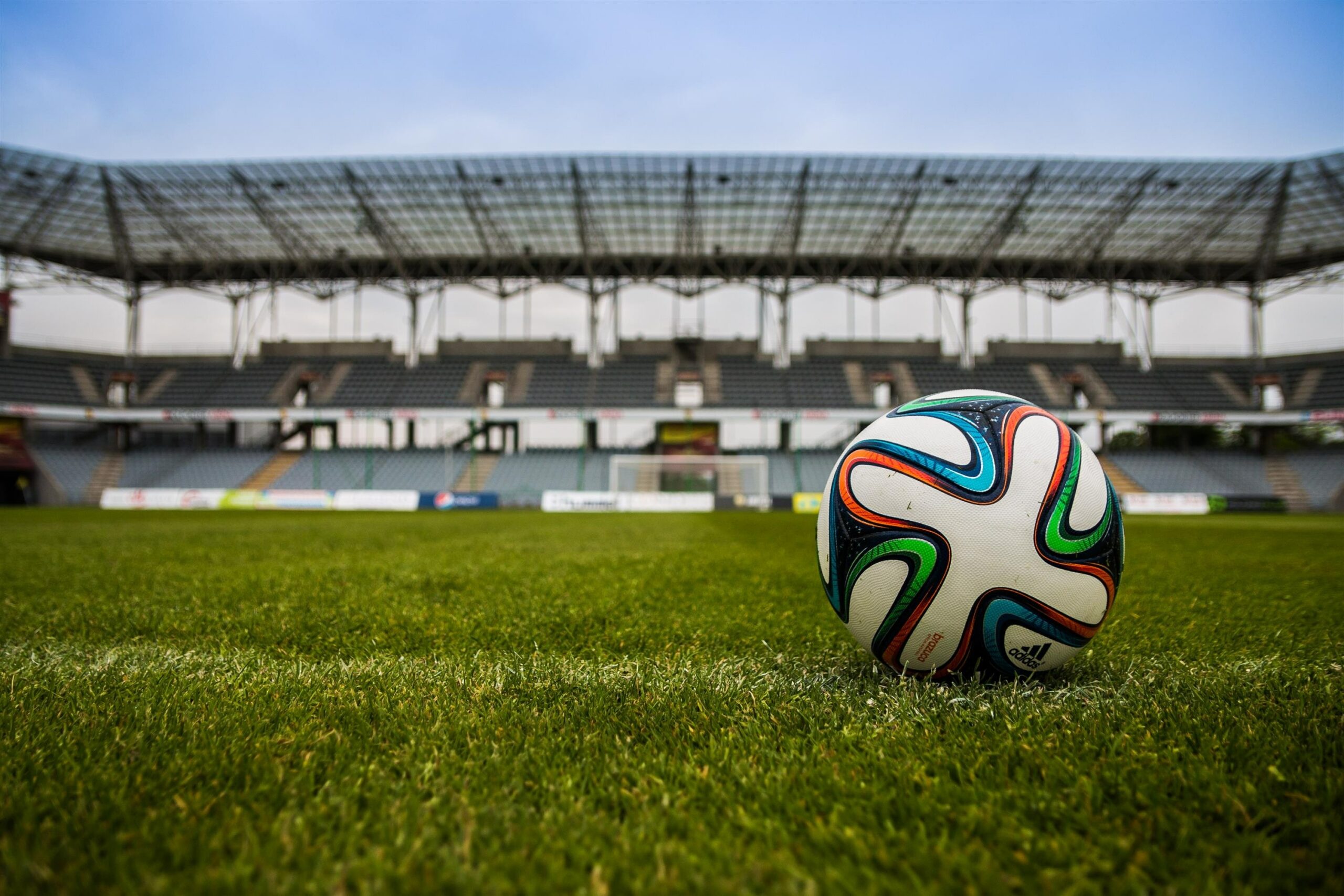Sports are a great way for people to build self-esteem, learn cooperation, develop leadership skills, and establish an active lifestyle. However, despite the many benefits of athletics, the pressure of competition can also have a negative impact on an athlete’s life.
Unfortunately, athletes, particularly elite athletes, are at a higher risk of developing an eating disorder. Together, the physical stress of training and the psychological stress of winning, coupled with an increased emphasis on weight and body shape make athletes more vulnerable to the development of negative eating patterns. Understanding the realities, risks, and stressors that athletes face is key when trying to navigate recovery as an athlete or prevent the development of an eating disorder.
Statistics
- In a study of Division 1 NCAA athletes, over one-third of female athletes reported attitudes and symptoms placing them at risk for anorexia nervosa
- Among female college athletes surveyed, 25.5% had subclinical eating disorder symptoms
- One study found that 35% of female and 10% of male college athletes were at risk for anorexia nervosa and 58% of female and 38% of male college athletes were at risk for bulimia nervosa
- In weight-class sports (wrestling, rowing,) and aesthetic sports (bodybuilding, gymnastics) about 33% of male athletes are affected. In female athletes in weight class and aesthetic sports, disordered eating occurs at estimates of up to 62%.
- A study of female Division II college athletes found that 25% had disordered eating, 26% reported menstrual dysfunction, 10% had low bone mineral density, and 2.6% had all three symptoms.
- Female high school athletes reporting disordered eating were twice as likely to incur a musculoskeletal injury as athletes who did not report disordered eating
- In a survey of athletic trainers working with female collegiate athletes, only 27% felt confident identifying an athlete with an eating disorder. Despite this, 91% of athletic trainers reported dealing with an athlete with an eating disorder
**Statistics taken from the NEDA
Risk Factors for Athletes
Athletes face many risk factors for developing an eating disorder. However, the number and severity of these factors can vary among individuals based on their background and designated sport. Here is a list of common risk factors:
- Participating in sports that have weight requirements or encourage weight loss (ex: wrestling, bodybuilding)
- OR an overvalued belief that lower body weight will improve performance (ex: gymnastics)
- Participating in endurance sports such as track and field, running, swimming
- Being an elite athlete or having trained for a sport since childhood
- Having coaches who focus primarily on success and performance rather than on the athlete as a whole person
- Suffering from low self-esteem, family dysfunction (including parents who live through the success of their child in sport), families with eating disorders; chronic dieting; history of physical or sexual abuse, and other traumatic life experiences
- facing peer, family, and or cultural pressures to be thin
Signs and Symptoms
Sadly, the signs of eating disorders are often masked in athletes because of the intense training that most athletes undergo. For example, an athlete’s sudden weight loss could be written off as the result of a new training regimen, rather than undereating. Below is a list of possible symptoms of an eating disorder and how these symptoms might present in an athlete.
- Weight loss
- As mentioned before, this may be hard to identify in athletes. Therefore, muscle or bone density loss may be a better identifier
- Fatigue and lack of energy
- Decrease in athletic performance (ex: a swimmer getting slower times)
- See RED-S below
- An absence of periods
- Many aesthetic (i.e. gymnasts) and endurance athletes (i.e. runners) don’t get their periods or have irregular periods. Therefore, this isn’t the best identifier for those types of athletes
- Adding additional workouts into their routine (ex: adding a nightly run despite having trained already)
- These workouts are often the athlete’s decision, not their coach’s decision
- Adopting an incredibly strict diet
- Increased number of injuries
- A result of decreased bone density and/or decreased immunity
The Female Athlete Triad: The combination of disordered eating, amenorrhea (lack of periods), and osteoporosis among female athletes.
- Bone density loss is a real concern for athletes and eating disorders as the consequences of this loss can follow an athlete for the rest of their life.
Relative Energy Deficiency in Sports (RED-S): A syndrome that occurs when an athlete’s energy expenditure exceeds their energy intake, creating an energy deficit (calorie deficit) and compromising various health systems in the body.
- Metabolism, menstrual function, bone health, immunity, protein synthesis, psychological health, and even cardiovascular health can all be negatively affected by RED-S. Similar to the Female Athlete Triad, damage to these systems can have life-long consequences for an athlete.
How to Help an Athlete with an Eating Disorder
Treating athletes isn’t much different from treating non-athletes. A combination of individual therapy and nutrition counseling by licensed professionals who specialize in eating disorders (registered dietitians etc.) is recommended. The key is to prioritize the athlete over their sport.
For some this may mean that the athlete has to step away from their sport, at least temporarily, until they’re in a better place physically and mentally. While this may be hard for the athlete to accept, doing so allows them to return to their sport faster and will only improve their athletic performance.
If, after treatment, an athlete chooses to return to their sport, it’s important to have various support systems or fail-safes in place to help prevent a relapse. This could include working with an athlete’s coach or building 1-2 days of rest into their training schedule. This plan will vary from athlete to athlete. To create the most effective support plan, it’s best to work with an athlete’s therapist or dietitian when making the transition back into regular training or competition.
How Courage to Nourish Can Help
At Courage to Nourish, our team of eating disorder dietitians are trained to help people from all backgrounds. This includes athletes, who we work with to develop a more positive relationship with exercise and food. In addition to providing one-on-one counseling with clients, we offer family counseling and have several support groups, which can help guide those with loved ones suffering from an eating disorder. If an athlete is suffering from an eating disorder, but the athlete’s family isn’t sure how to proceed, we offer consults to help develop treatment plans. We also have numerous handouts and blog posts posted on our website. These serve as valuable resources for learning more about eating disorders and treatment options.
About Us
Courage to Nourish is a group of eating disorder specialized dietitians. We have in person locations in Alexandria, Virginia, Columbia, Maryland. and College Park, Maryland. We offer virtual services across the state of Maryland. Virginia, Washington DC. Pennsylvania, and Colorado. We offer individual nutrition therapy. As well as support groups. We would love to guide you in building a better relationship with food.
Contact us for more information. And to schedule a discovery call. Also, sign up for our client or clinician newsletter!

Leslie Bredehoeft, Student Intern
Hi! I’m Leslie Bredehoeft and I’m an intern at Courage to Nourish. I am currently an undergraduate student at the College of William & Mary, majoring in Kinesiology with a concentration in Human Nutrition and minoring in English. After receiving my B.S. I plan to go to grad school to pursue an M.S. degree and become a registered dietitian. I, myself am in eating disorder recovery, which has not only opened my eyes to the pervasiveness of eating disorders, but also to the epidemic of nutrition misinformation within society. As a registered dietitian, I hope to educate my clients on the science of nutrition and help better their relationship with food.


